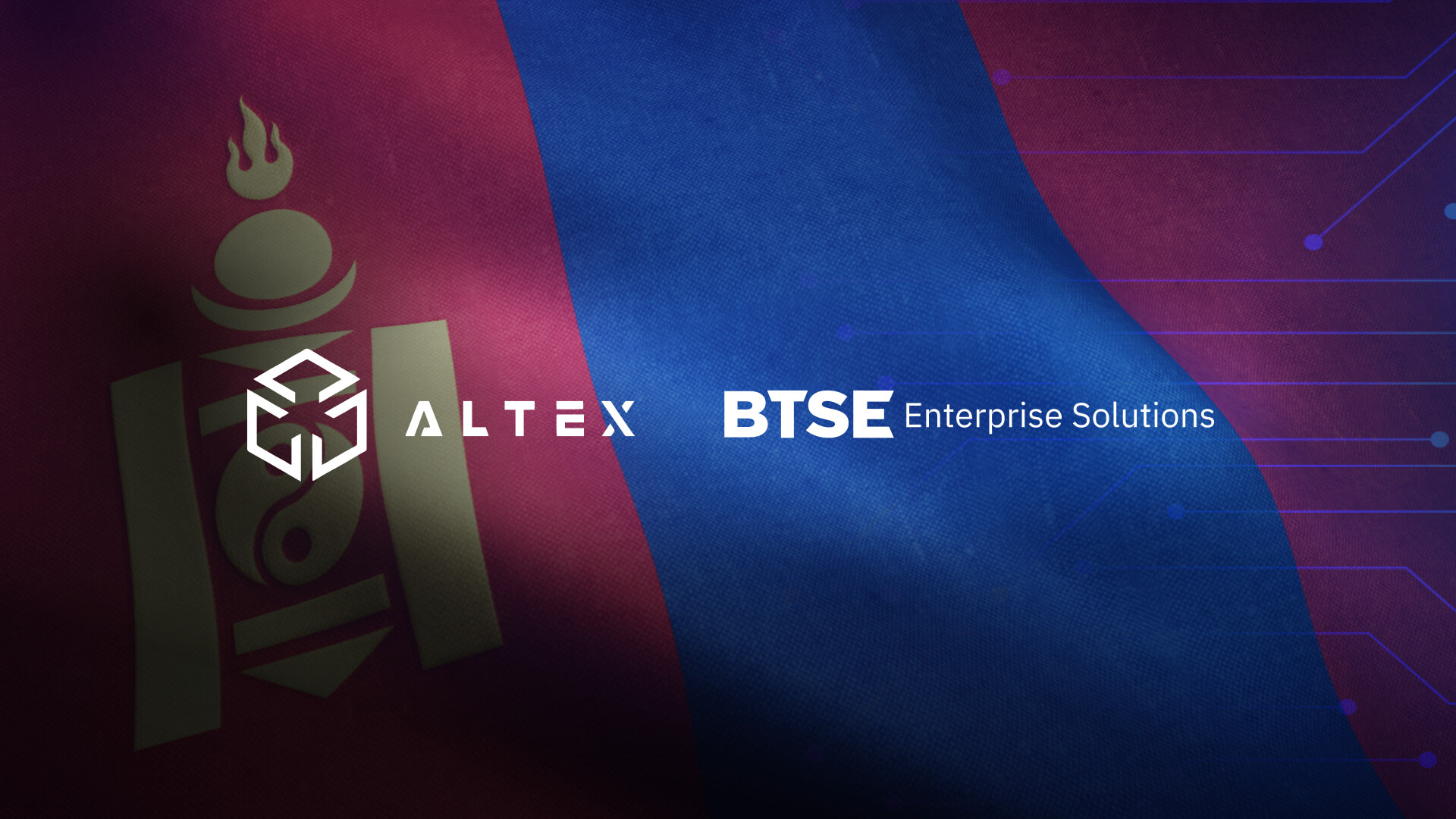9 5 月, 2023
Distributed Ledger Technology (DLT) and Applications

Introduction to Distributed Ledger Technology (DLT)
Distributed Ledger Technology (DLT) has emerged as a revolutionary approach to storing and sharing data across multiple participants in a network. Unlike traditional centralized systems where a single entity controls the database, DLT relies on decentralization, making it more resilient and transparent. This technology has the potential to disrupt a wide range of industries, from finance to supply chain management, by offering enhanced security, efficiency, and transparency.
Core Components of Distributed Ledger Technology
Decentralization
One of the key features of DLT is its decentralized nature. Instead of relying on a central authority to manage and control data, DLT distributes the responsibility of maintaining the ledger among a network of participants. This peer-to-peer approach eliminates single points of failure and reduces the risk of manipulation.
Consensus Mechanisms
For a distributed ledger to function effectively, participants must agree on the validity of transactions. This is achieved through consensus mechanisms, which are protocols used by network participants to validate and update the ledger. Some well-known consensus mechanisms include Proof of Work (PoW) and Proof of Stake (PoS).
Cryptography
Cryptography plays a crucial role in ensuring the security and integrity of data in a distributed ledger. Cryptographic techniques, such as public key cryptography and cryptographic hashing, enable participants to securely sign and verify transactions, making it difficult for bad actors to tamper with the data.
Smart Contracts
Smart contracts are self-executing contracts with the terms and conditions of the agreement directly written into code. They automatically execute when specific conditions are met, enabling automation and reducing the need for intermediaries. DLT platforms like Ethereum have made smart contracts a fundamental component of their ecosystems.
Applications of Distributed Ledger Technology
Financial Services
DLT has numerous applications in the financial sector, including digital asset exchanges, payment gateways, and digital wallets. For example, BTSE Exchange offers a multi-currency trading platform that leverages DLT to enable secure and efficient trading. Similarly, BTSE Payment Gateways provide businesses with a secure and reliable way to accept cryptocurrencies, while the BTSE Wallet allows users to store and manage their digital assets.
Supply Chain Management
DLT can enhance supply chain management by offering improved transparency, traceability, and efficiency. By maintaining an immutable record of product information, DLT can help verify the authenticity of products, reduce the risk of counterfeiting, and improve the overall efficiency of the supply chain.
Identity Management
DLT can provide a decentralized solution for managing and verifying identities, enhancing security and privacy for users. By creating a secure digital identity, individuals can have greater control over their personal information and decide who can access it, reducing the risk of identity theft and fraud.
Healthcare
DLT has the potential to revolutionize healthcare by enabling secure and efficient sharing of medical records among healthcare providers, patients, and insurance companies. This can lead to more accurate diagnoses, faster treatment, and better coordination among healthcare professionals.
Real Estate
In the real estate sector, DLT can streamline property transactions by providing a secure and transparent platform for recording and transferring property titles. This can reduce the need for intermediaries, minimize the risk of fraud, and save time and money for all parties involved.
Voting Systems
DLT can be utilized to create secure and transparent voting systems, making it harder to manipulate election results. By maintaining an immutable record of votes, DLT can help ensure that every vote is counted accurately and reduce the risk of fraud or tampering.
Advantages and Challenges of Distributed Ledger Technology
Scalability
One of the primary challenges facing DLT is scalability. As the number of participants in a network increases, so does the amount of data that needs to be processed, potentially leading to higher costs and slower transaction speeds. However, various solutions are being developed to address this issue, such as Layer 2 scaling solutions and sharding.
Security
One of the main advantages of DLT is its enhanced security, as it relies on cryptography and distributed consensus to maintain data integrity. This makes it more resilient to attacks and tampering compared to traditional centralized systems. However, it is essential to continually evaluate and update security measures to stay ahead of potential threats.
Privacy
Privacy is another concern with DLT, as transactions are often publicly visible on the ledger. To address this issue, privacy-focused DLT solutions, such as zero-knowledge proofs and confidential transactions, are being developed to enable secure and private transactions on the network.
Conclusion
Distributed Ledger Technology has the potential to transform a wide range of industries by offering enhanced security, efficiency, and transparency. As DLT continues to evolve and mature, it is likely to play an increasingly significant role in our digital world. By understanding its core components and applications, businesses and individuals can better prepare for the future of technology and harness the benefits it has to offer.
Incorporating DLT into various aspects of our lives can be made more accessible by utilizing tools and platforms such as the BTSE Exchange, BTSE Payment Gateways, and the BTSE Wallet. By exploring and implementing DLT solutions, we can unlock new possibilities and create a more secure, efficient, and transparent digital landscape.




